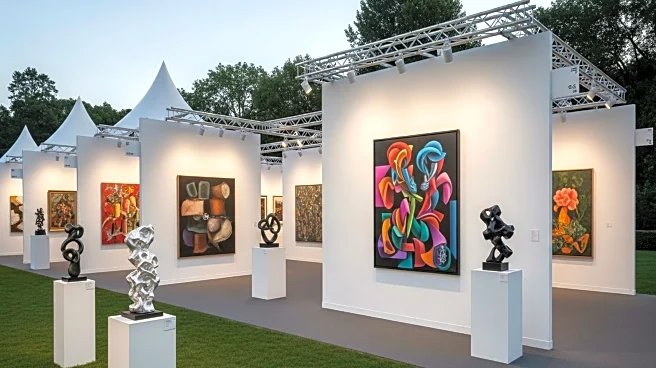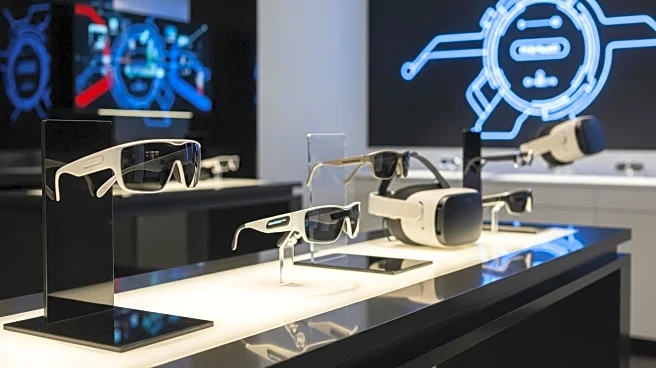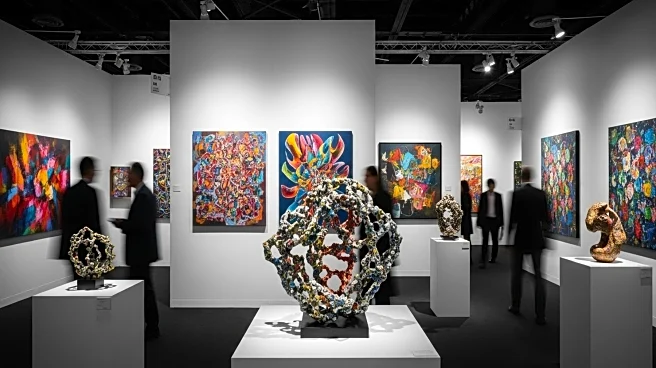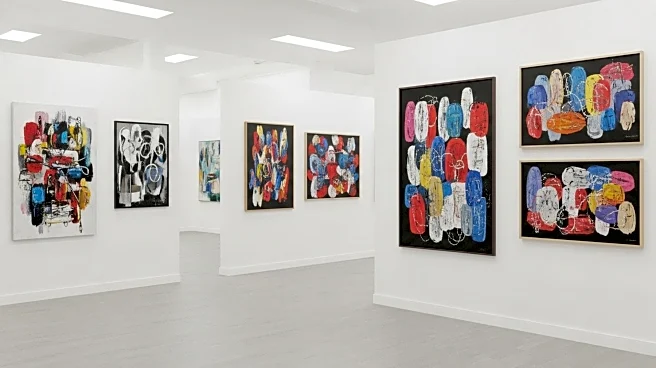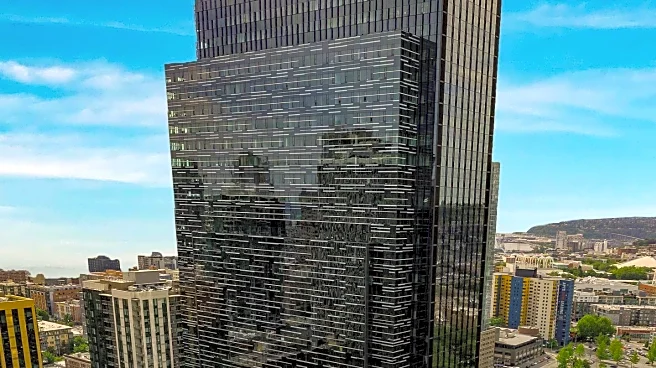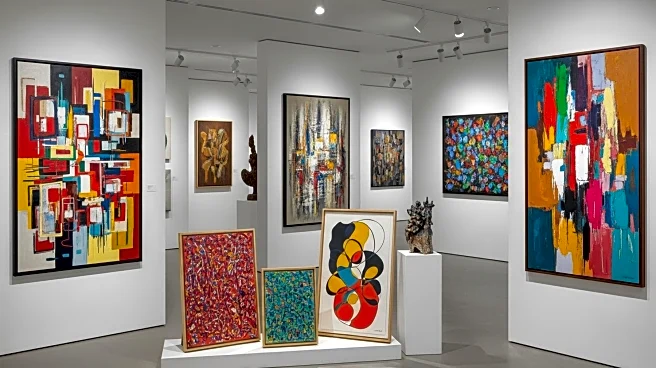What is the story about?
What's Happening?
Art dealers are increasingly organizing their own satellite fairs as an alternative to the traditional, often costly, art fair circuit. These dealer-led fairs, such as Post Fair in Los Angeles and Esther in New York, offer more affordable participation fees, with costs significantly lower than those of major art fairs. This trend is gaining momentum as dealers seek more control over the fair environment, aiming to create spaces that are more gallery-friendly. The upcoming art week in Paris will feature several new dealer-run fairs, including 7 rue Froissart and the revived Upstairs Art Fair, highlighting the growing appeal of these alternative models.
Why It's Important?
The emergence of dealer-led satellite fairs represents a significant shift in the art market, challenging the dominance of large art fair conglomerates. By reducing participation costs, these fairs provide galleries with a more sustainable model, potentially increasing their financial viability. This trend could democratize access to art fairs, allowing smaller galleries to participate without the financial strain typically associated with major events. As these fairs gain traction, they may influence the broader art market, encouraging more equitable practices and fostering a more diverse range of artistic expressions.
What's Next?
As dealer-led fairs continue to gain popularity, they may inspire further innovation in the art fair industry. Established fairs could face increased competition, prompting them to reconsider their pricing structures and operational models. The success of these alternative fairs could lead to a reevaluation of how art is marketed and sold, potentially reshaping the landscape of the art market. Stakeholders, including galleries, artists, and collectors, will likely monitor these developments closely, as they could impact future participation and investment decisions.
Beyond the Headlines
The rise of dealer-led fairs also raises questions about the sustainability and ethics of the traditional art fair model. By prioritizing transparency and collaboration, these new fairs challenge the competitive nature of the art market, promoting a more community-oriented approach. This shift could lead to long-term changes in how art is valued and exchanged, emphasizing the importance of relationships and shared goals over profit margins.
AI Generated Content
Do you find this article useful?
